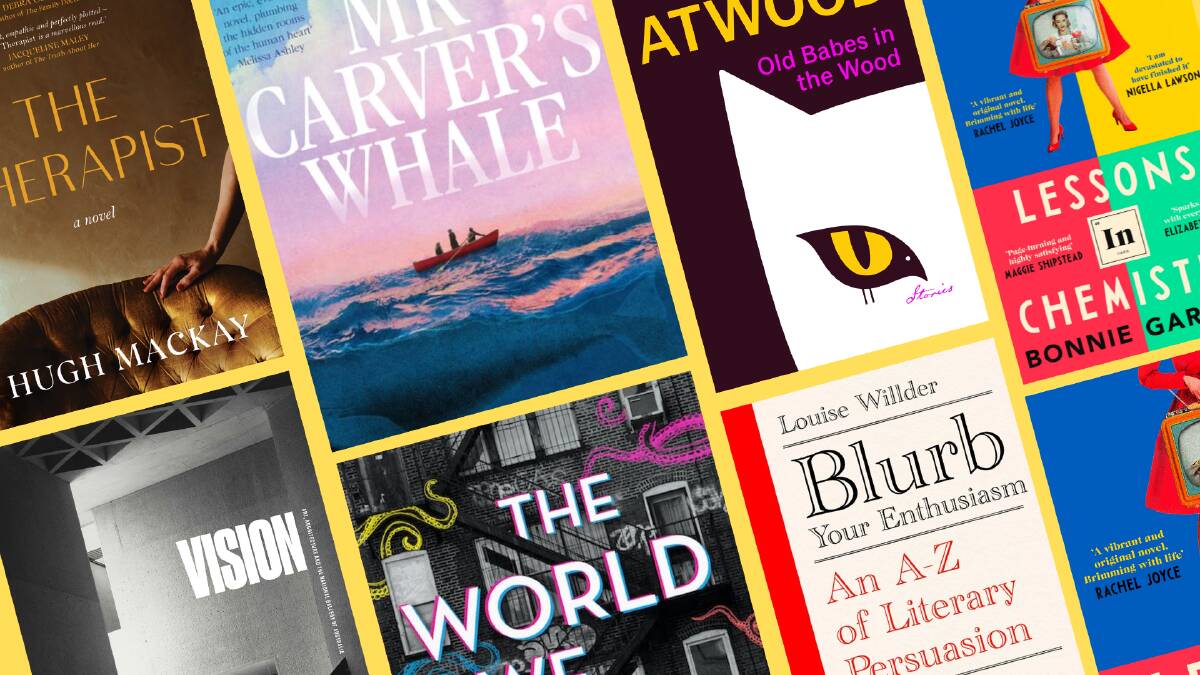
It may well have grown into its environment 40 years after it opened, but the National Gallery of Australia is in a building that isn't fit for purpose, a fact we've always known. Meanwhile, what's behind the rise in need for therapists, and what do they think about it? And Margaret Atwood publishes a volume of short stories that leaves her greatness in no doubt whatsoever.
Subscribe now for unlimited access.
$0/
(min cost $0)
or signup to continue reading
There's also a compelling novel about whaling (though still overshadowed by the main one) and a daring new fantasy fiction - all this and more in this week's books pages.
And I welcome your thoughts and feedback on what we've been reading. You can reach me by email at sally.pryor@canberratimes.com.au.
A little empathy goes a long way
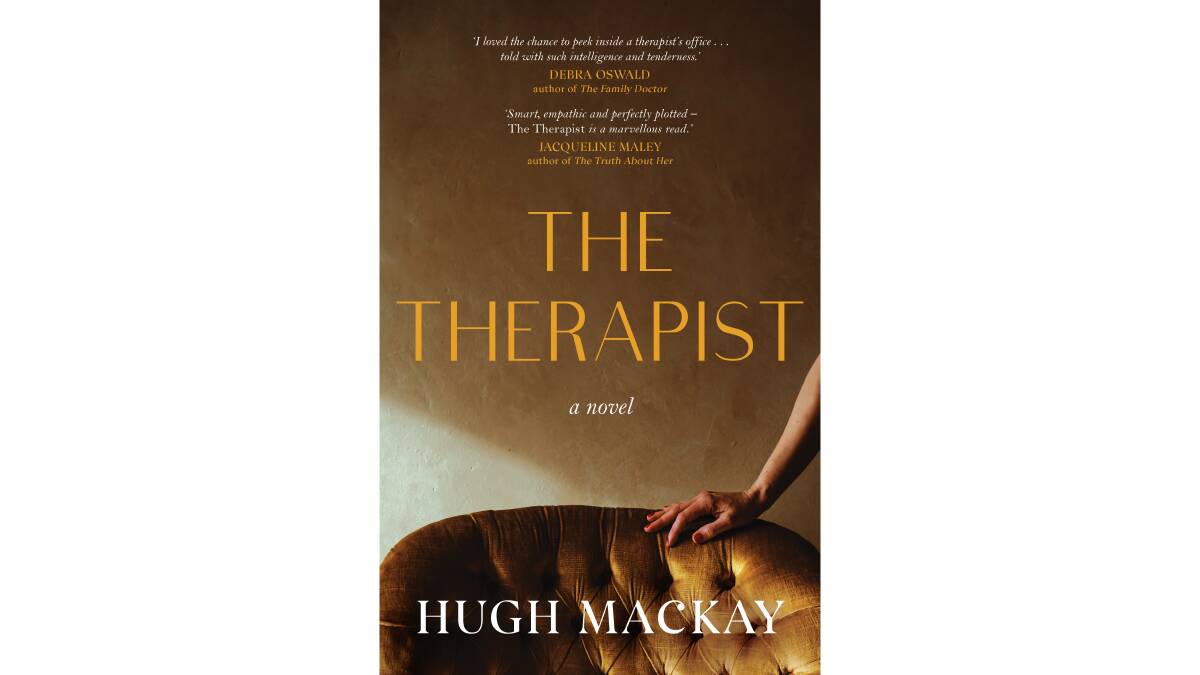
Beloved Australian psychologist, social researcher and writer Hugh Mackay has long been intrigued by what makes humans tick and, lately, what is driving so many of us to therapy.
His new novel, The Therapist, explores this question through, mostly, the eyes of a therapist, Martha.
"The surge in demand for psychotherapy provides the context for The Therapist, but there's no mystery about where the demand came from," he writes.
"Another question I've pondered: what might it feel like to be the partner of a person in therapy who wants to keep the whole process secret? My new novel takes a deep dive into these issues via some intense sessions in Martha's office, and some glimpses into her own life."
A dark, circuitous and witty chronicle of whaling
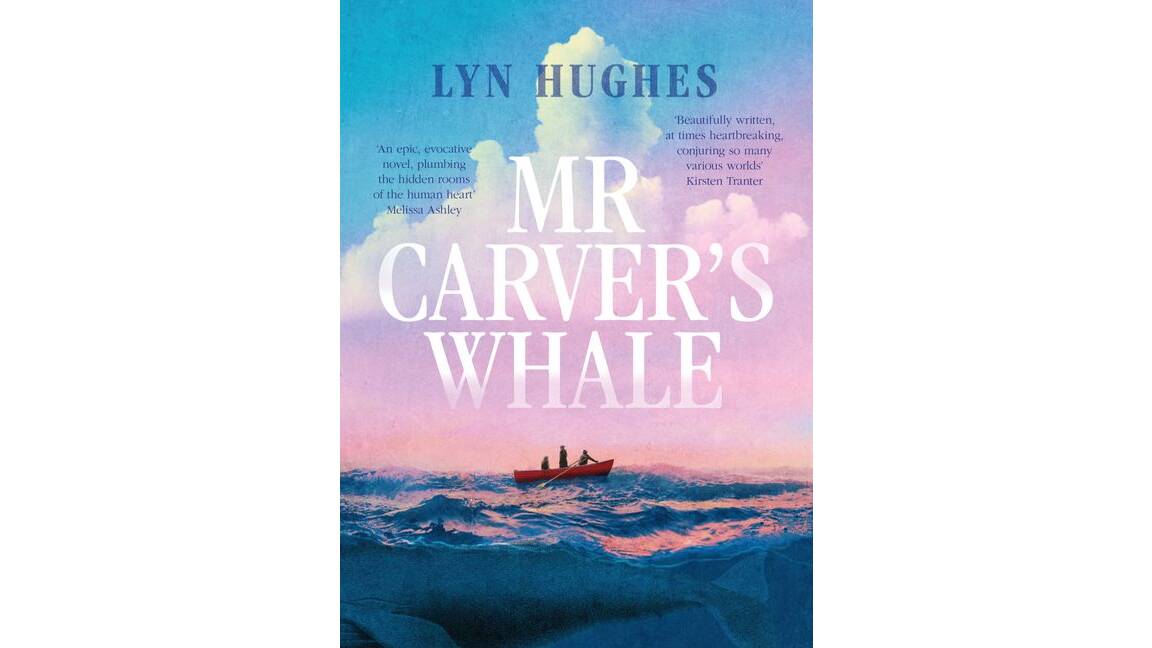
Although most books about whaling tend to be overshadowed by the original whale book - Moby Dick, of course - there's always scope for a new take. Enter Lyn Hughes, whose witty story, Mr Carver's Whale, charts a winding path.
"Her chronicle of whaling begins on a volcanic rock in the Azores, detours through Lisbon, veers up to New Bedford, pauses in Albany, then ends up in Eden on the South Coast," writes reviewer Mark Thomas.
"Along that circuitous route, Hughes composes a variety of love stories, some concise but dramatic scenes of adventure, and any number of whale references."
Atwood the master of a precise art
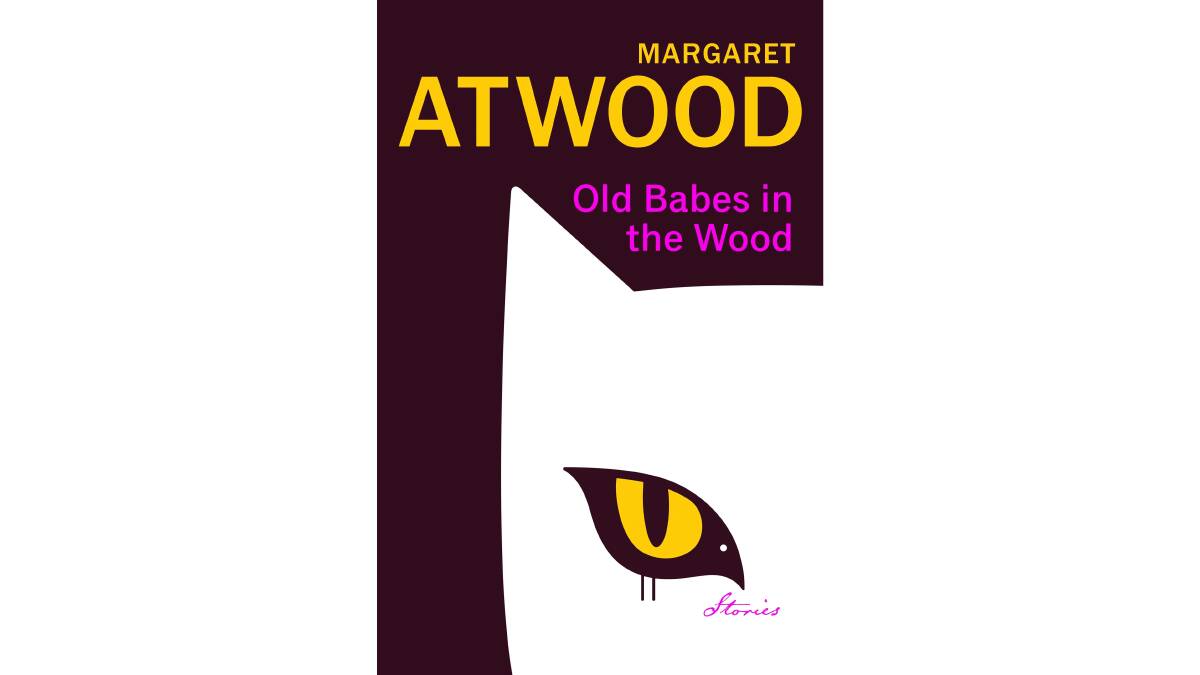
Margaret Atwood is best known for her novels, many of them towering greats like The Handmaid's Tale and Alias Grace. But she's also, it turns out, a master of the short story, a neglected genre that, as this new collection, Old Babes tn the Wood shows, deserves more attention.
"Atwood is an artistic phenomenon, erudite and elegantly clever," enthuses Ian McFarlane.
"She can deconstruct complex ideas with thoughtfully accessible sentences, create diverse characters with depth and diligence, and eerily convey a sense of what remains unsaid in emotionally charged exchanges."
A wicked and daring fantasy fiction that lingers
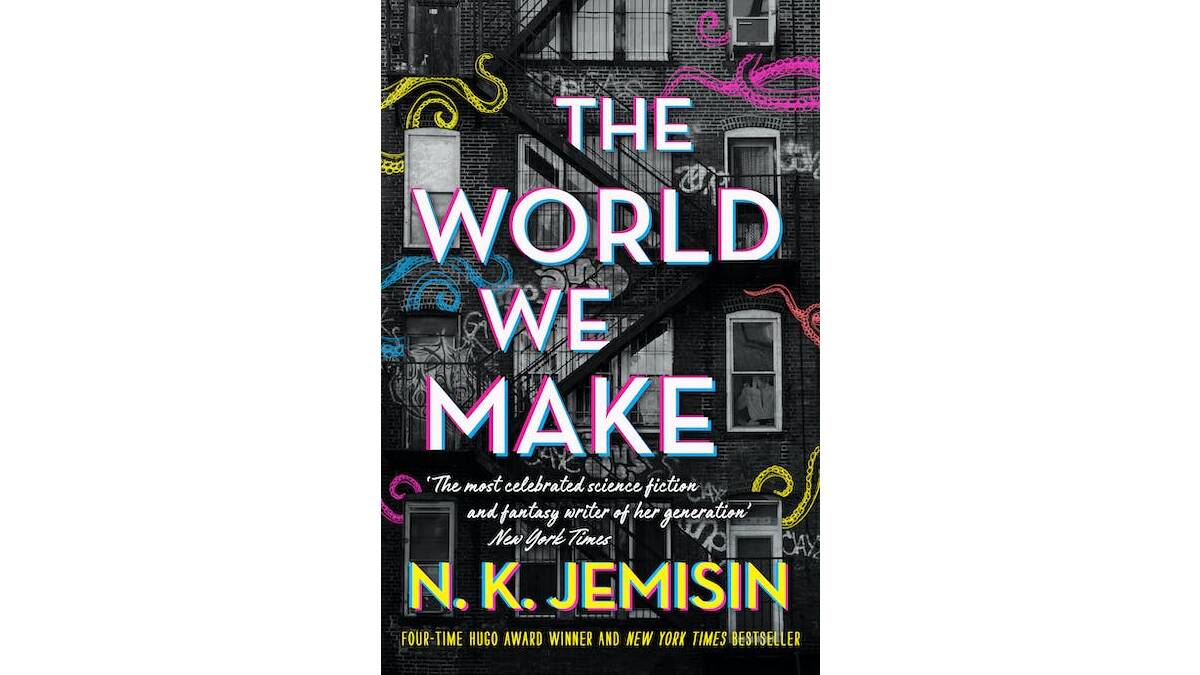
Speculative fiction is a genre all its own, and N.K. Jemisin has proven herself to be one of the best.
In The World We Make, she manages to blend horror and even elements of science fiction into this engaging urban fantasy.
"One of the strengths of a successful speculative novel is that it makes the otherness believable by grounding it in real-world details, and Jemisin certainly achieves this," writes Penelope Cottier.
"Racism present in the workplace, the dubious relationship of the police and some of the citizenship, and the way gentrification acts against the interests of the urban poor are elements here."
Art gallery building not fit for art
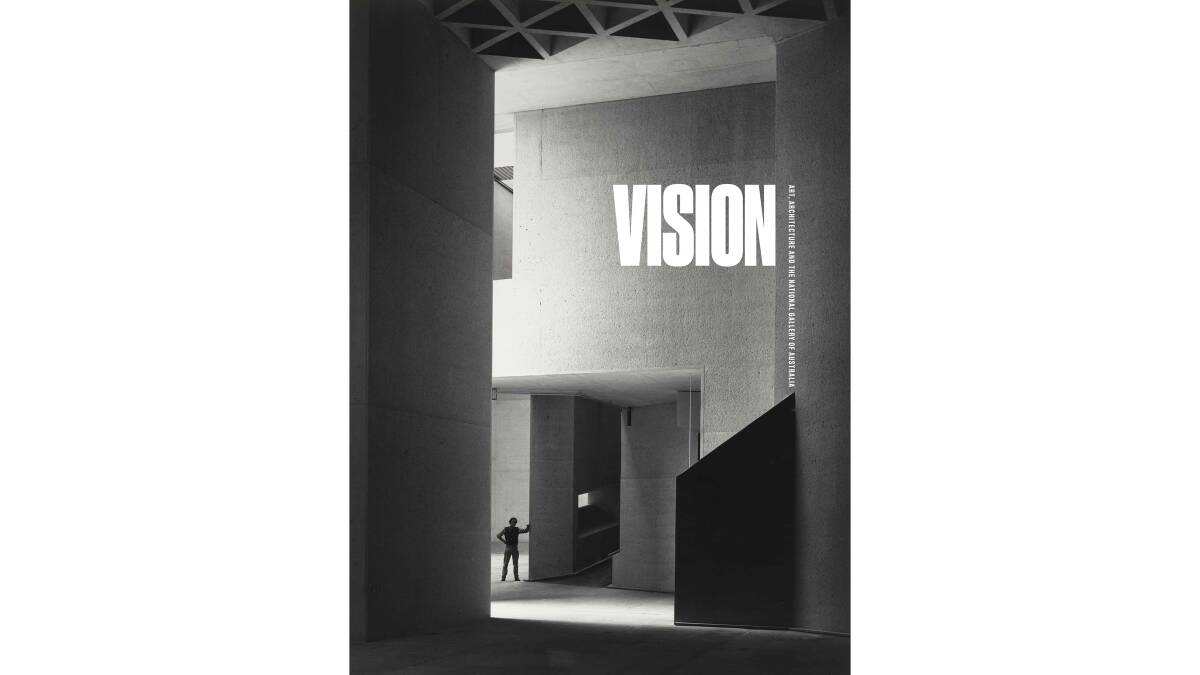
Today, it's a stellar example of 1970s-80s Brutalist architecture, but the National Gallery of Australia is a building that should never have been allowed to house art.
And although this book, Vision, produced as part of the gallery's 40th anniversary celebrations, explores different aspects of its genesis, nothing can take away the fact of the vast, misaligned spaces, multiple texture and, ahem, leaky roof.
"How did the gallery get it so wrong?" asks our eminent art critic Sasha Grishin.
"Sadly, the architecture of the gallery is not fit for purpose and other major 20th century Australian public art galleries, such as the National Portrait Gallery, have opted for more functional spaces where collections can be displayed to its advantage."
Telling the inside story of the outside of books
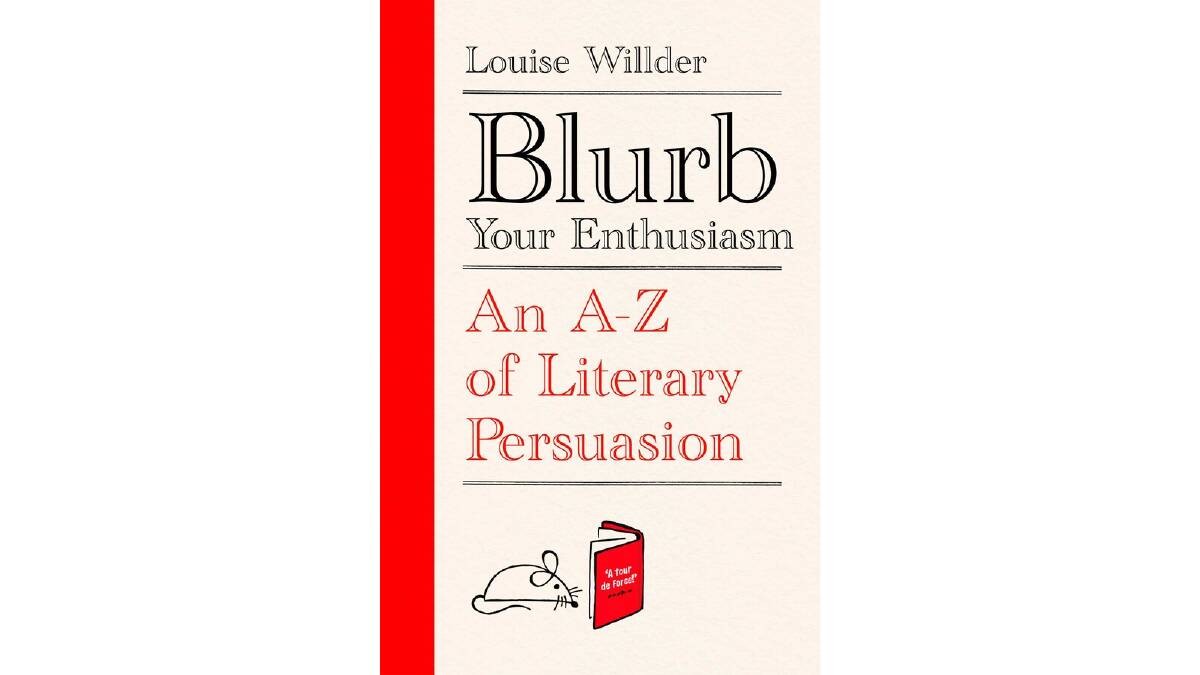
Turns out, we can, do and must judge the modern book by its cover, as this is what publishers have long decreed. In Blurb Your Enthusiasm, Louise Willder explains how and why the blurb has come to rule.
"Blurb your Enthusiasm is an enjoyable and comprehensive, nearly-350-page survey of the blurb," writes book connoisseur Colin Steele.
"I was about to add that it's extremely readable, but "readable" is one of Willder's bête noir descriptors, emphasising, after all, that 'it's a book'."
How a debut became a bestseller
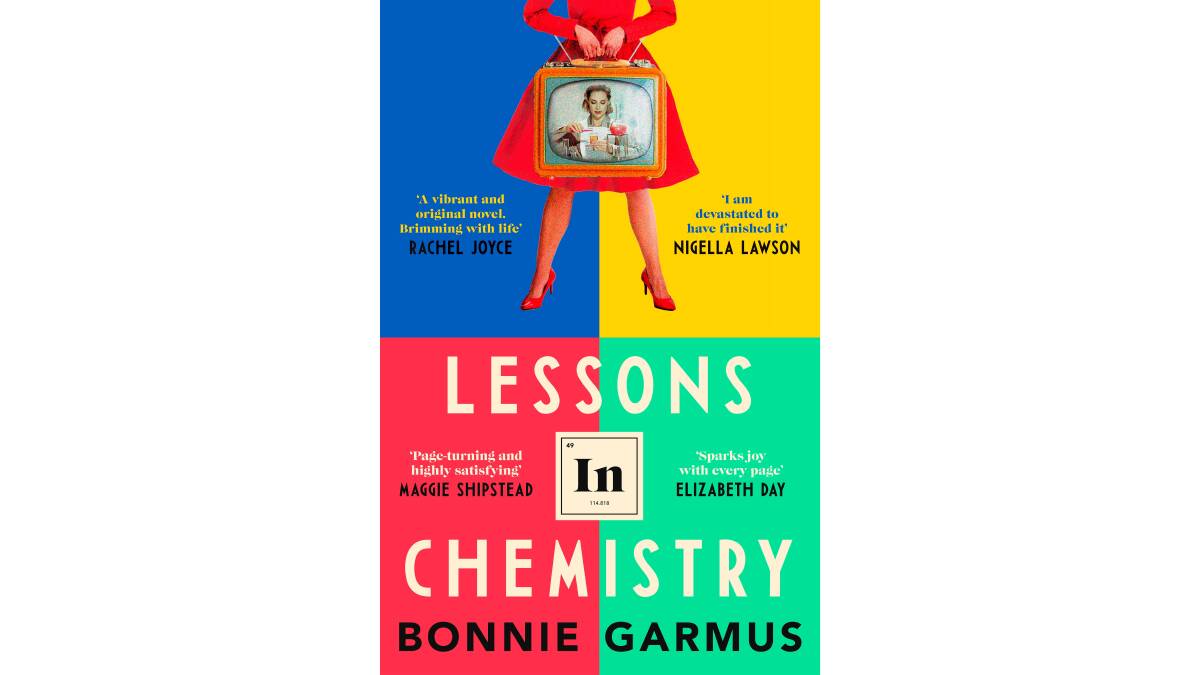
We do love a good origin story, especially when it comes to best-selling books. Lessons In Chemistry, by Bonnie Garmus, is one of the most charming of recent times, and it's a debut to boot.
And its soaring trajectory is the stuff of dreams, for real, as this author interview explains.
"A lifelong writer - she wrote her first book at age 5 - Garmus wasn't about to give up, and soon a moment of frustration in the workplace provided unlikely inspiration. Years ago, she was in a meeting in the Bay Area, and encountered "outrageous sexism. I was so mad that day". Elizabeth, a very minor character in Garmus' unfinished first novel ("she was only three lines long"), popped into her head.
"She seemed to be saying, 'I have a much worse story to tell than your bad day at work! It's bad, your day is bad, but my day - my decade - was worse." Right then and there, at her desk, Garmus wrote the first chapter of Lessons in Chemistry.
Looking for more reads and recommendations? Browse our books write-ups and reviews. Bookmark the page so you can find our latest books content with ease!


